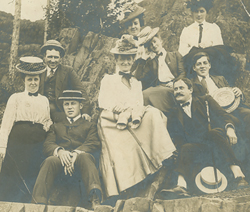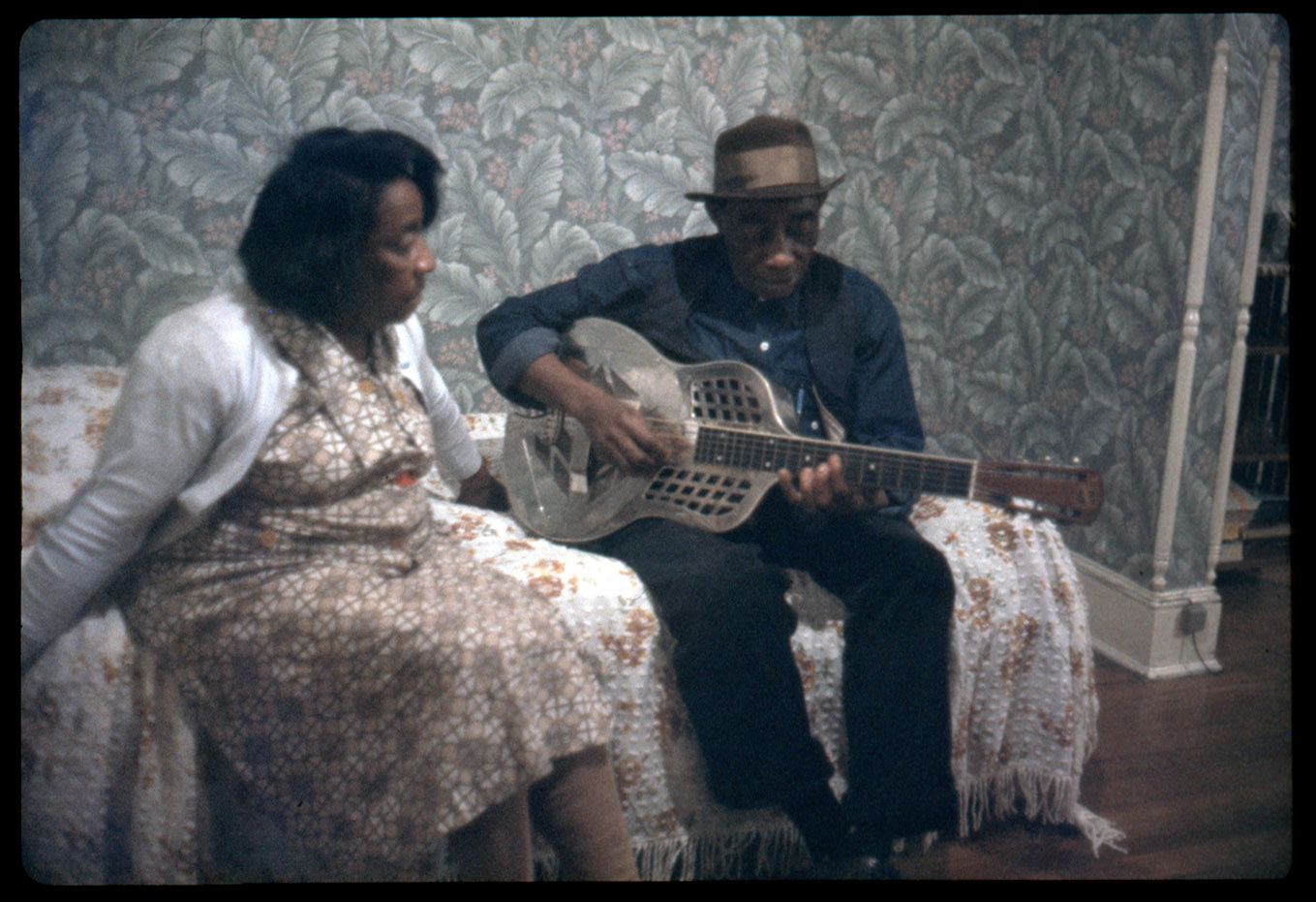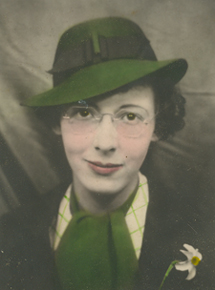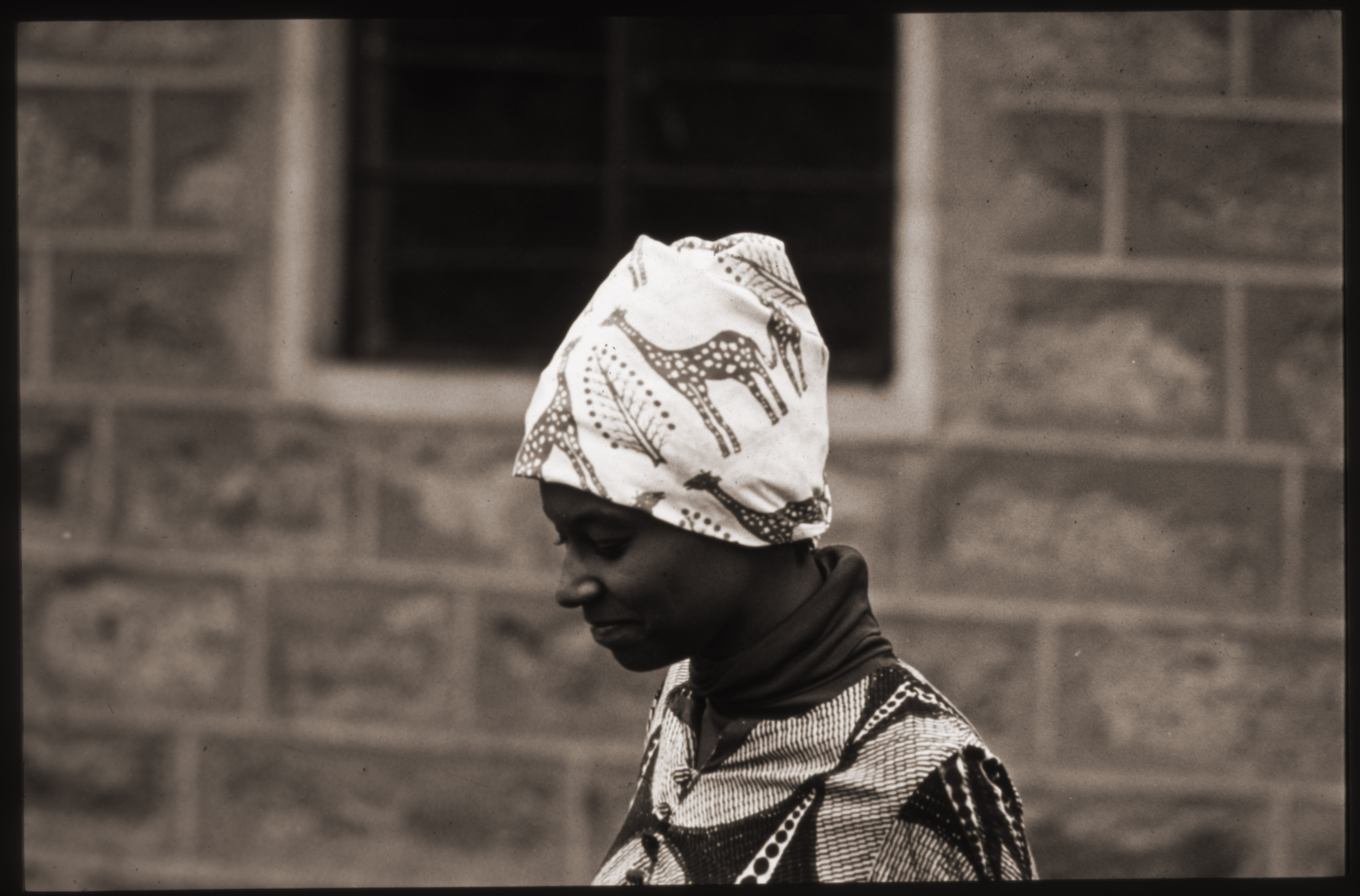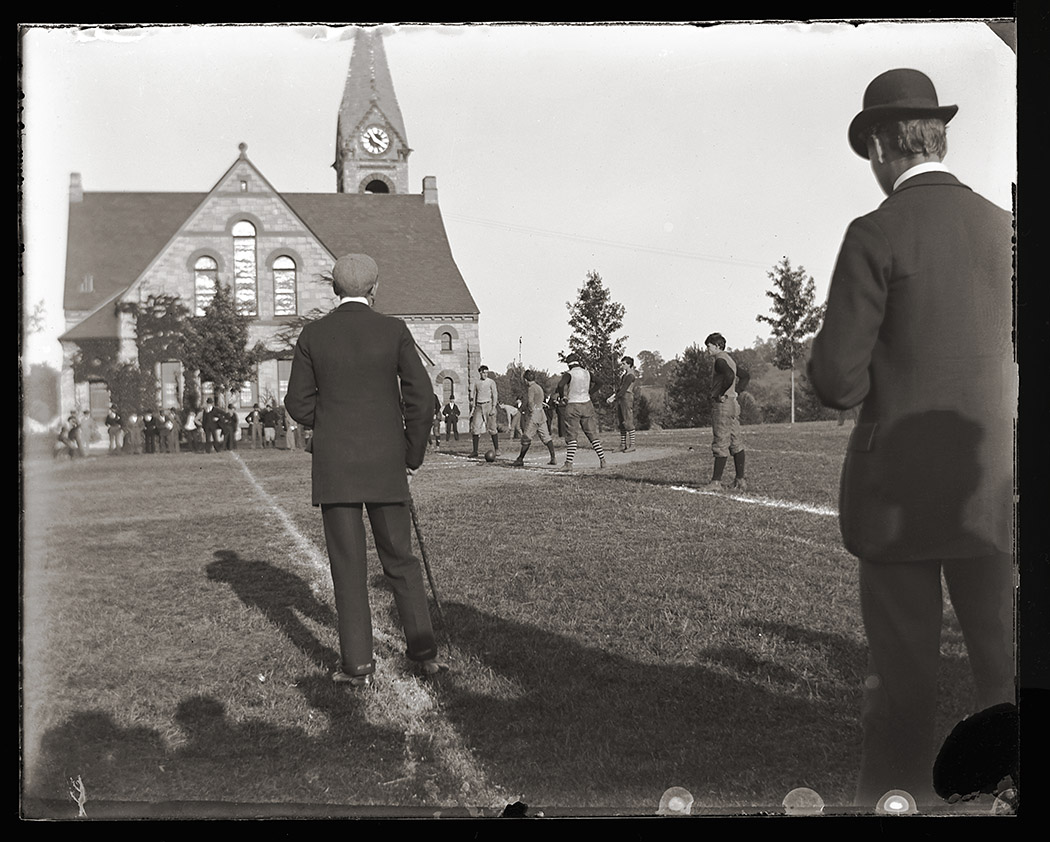Emanuel Rubin Papers
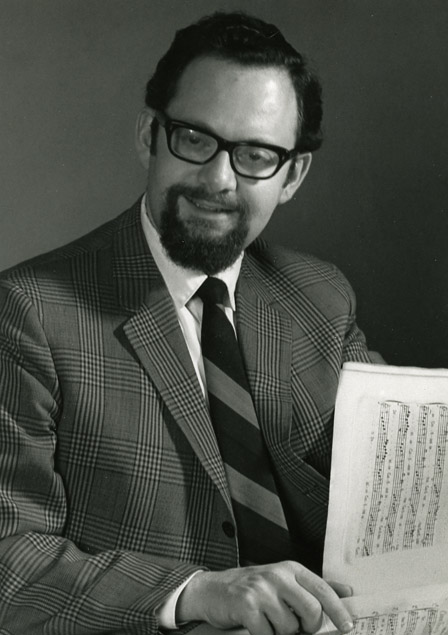
Emanuel Rubin was a professor of Musicology and Judaic Studies at UMass Amherst from 1986 until his death in 2008. From 1986-1987 he served as Head of the Department of Music and Dance. In addition to teaching, he performed frequently as a soloist and an ensemble member on the French horn, Viola da Gamba, and as a choral member. He actively conducted and composed works for solo performers and ensembles. Rubin was originally from Pittsburgh, and attended Carnegie Mellon University for his undergraduate work. He received a Master’s Degree in Music composition from Brandeis University, and a doctorate in musicology from University of Pittsburgh. Prior to arriving at UMass Amherst, he taught at Ball State University, University of Milwaukee Wisconsin, and Bowling Green State University. His research interests were the relationship between Judaism and music, and the history of glees, which was the topic of his doctoral dissertation.
The Emanuel Rubin Papers contain records of extensive research in the area of Georgian glees, including historical background, scores, lyrics, and correspondence regarding the research. The collection also includes programs and newspaper clippings from many of Rubin’s performances throughout his career, manuscripts of his publications and compositions, as well as some teaching materials and course information from his time at UMass.



